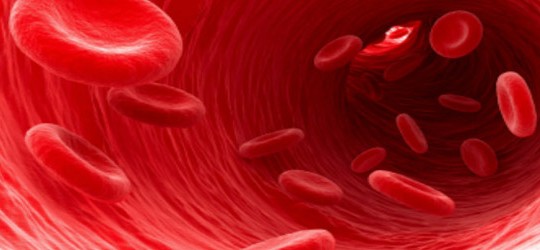
Researchers report good first results using blood stem cells, HA to regenerate cartilage
Surgeon says the process is safe and offers a viable alternative to knee replacement for some patients.
Robert Trace
ORTHOPAEDICS TODAY EUROPE
MANCHESTER — Scientific investigators from Malaysia reported the first evidence of hyaline cartilage regeneration using intra-articular injections of autologous peripheral blood stem cells in combination with hyaluronic acid.
In their clinical trial, researchers from the Kuala Lumpur Sports Medicine Centre and the University Putra Malaysia followed 10 patients with full-thickness chondral defects treated with arthroscopic multiple subchondral drilling. The investigators followed the patients for a minimum of 2 years.
After surgery, investigators placed patients’ operated knees on continuous passive motion for 2 hours a day for 4 weeks, as well as on partial weight-bearing for the first 6 weeks, lead investigator Khay-Yong Saw, MCh(Orth), FRCS, said here at the British Orthopaedic Association Annual Congress 2009.
Harvesting stem cells
The researchers also harvested autologous peripheral blood stem cells (PBSCs) using apheresis after surgery. To enable harvesting, an apheresis catheter was inserted into a large vein at the top of the thigh. The catheter allows blood to be passed through a cell separator, which filters out stem cells and returns the processed blood to the body, he said. The harvested PBSCs were then divided into vials and cryopreserved for future use.
One week after surgery, surgeons aspirated the affected knees and began injecting five weekly 2.5-ml intra-articular injections of PBSCs mixed with 2 ml hyaluronic acid (HA).
Sequential MRI scans showed that “the subchondral bone began healing and offered evidence of chondrogenesis,” Saw said. Second-look arthroscopy with biopsy on four patients also confirmed chondrogenesis as well as incorporation of the newly regenerated cartilage with the surrounding articular cartilage.
Full-thickness chondrocytes
A chondral biopsy identified mature, full-thickness chondrocytes in the hyaline cartilage, and all patients improved their postoperative IKDC scores, Saw said. The researchers also saw signs of ongoing remodeling at the 2-year mark.
Saw has since performed the procedure in more than 160 cases.
During the discussion period, co-moderator Gautam Chakrabarty, FRCS, said the paper was a breakthrough in the field of stem cell research for cartilage regeneration. “You’re going to put total knee replacement [surgeons] out of business,” he said.
In his response, Saw acknowledged that the procedure is only one of several treatment approaches for managing knee arthritis, but “the process of using stem cells and hyaluronic acid has great potential. This is the future.”
For more information:
- Khay-Yong Saw, MCh(Orth), FRCS, can be reached at Kuala Lumpur Sports Medicine Centre, 7th Floor, Wisma Perintis, 47 Jalan Dungun, Damansara Heights, 50490 Kuala Lumpur, Malaysia; +60-3-2096-1033.
Reference:
- Saw K-Y, Loke S-C, Tay Y-G. A novel approach to neochondrogenesis induced by peripheral blood stem cells and hyaluronic acid. Presented at the British Orthopaedic Association Annual Congress 2009. Sept. 15-18, 2009. Manchester.
Source: http://www.orthosupersite.com/view.asp?rID=50326
Leave a reply